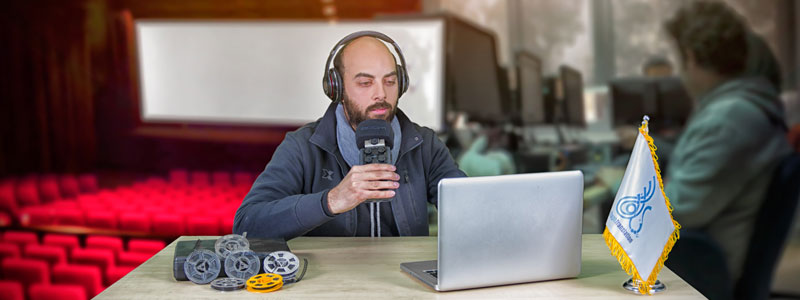
You may think of dubbing as the most sophisticated among the foursome: translation, subtitling, voice over and dubbing.
Voice over: What is it?
It is self-explanatory term. You impose a voice over the voice of someone else. It is a technique used usually by television channels with an audience speaking a language different than the interviewee’s language. You will still hear the replaced original voice in the background, while the replacing target voice interprets the words of the interviewee.
So the original will be a lower voice than the voice of the actor or the interpreter. When you obliterate the original speech and voice, you no longer have a voice over. You have something else.
In other words, when you replace the original actor’s speech and voice with its translation and the voice of a new actor or translator, you step into the realm of dubbing.
Technicalities of Dubbed Translation
For any dub, the most difficult challenge is to time the dub with the speaker’s lips.
It is called lip-synch dubbing.
As you can imagine, the work is hard and time consuming. So you have to be careful with the translation prepared to be dubbed, as every dubbing project starts with translation.
Where do these difficulties come from? The limitations of dubbing are more than those of subtitling. When you give your script to a translator, you’d better be aware which kind of translation would fit your dubbing purposes.
Let’s talk about the constraint of time.
How much time a sentence takes to be pronounced will determine whether your dubs will be a success or a failure. First of all, the number of syllables of the source and target language should be similar. If for instance a source sentence of 20 syllables result in a target sentence of 30 syllables, that wouldn’t work as a dub. If you have chosen a good translator, then your dubbing translator will count the syllables of both the original and the translated sentence, and will take a decision to edit in case they are so different.
And why is the trouble?
Because the words said by the dubbing actor should be consistent with the visuals on the screen. What else do you have to check in a translation prepared for dubbing?
Let me give you an example.
A word like ‘so’ if translated as لذلك, lip-synch will be lost for sure. Moreover, the first one is short, while the second is long.
In short, your translator should keep in mind that a dubbing translation is made in order to be said. It is a spoken word.
Free tip: to check whether the translation you receive is good for dubbing or not, you’d better read it loudly. If you have any trouble saying what is written in the translated script, you’d better remove it and go for another word.
Usually, translators are not trained to produce dubs. But those who are trained know that a dubbing translator should have extraordinary skill of editing. An alternative phrase or word can save the dub.
Overall, your translator should aim to give you a script that sounds natural in the target language. If you read it and feel the translator’s presence in the words to be said by the dubbing actor, then there must be a problem.
To avoid such problematic translation, you can give us a call or drop us an email.







